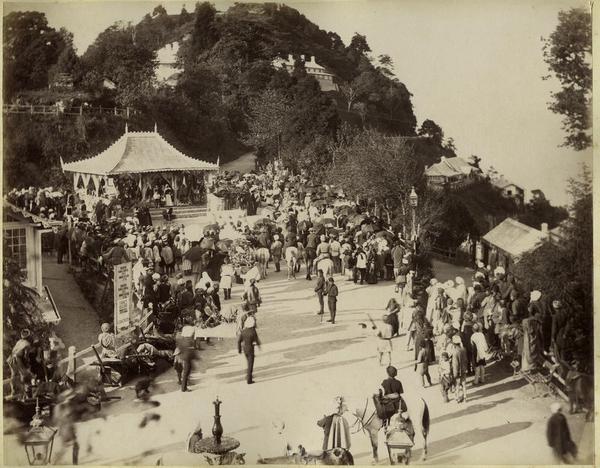
A man from Malta, Darjeeling tea and birds - Part 2
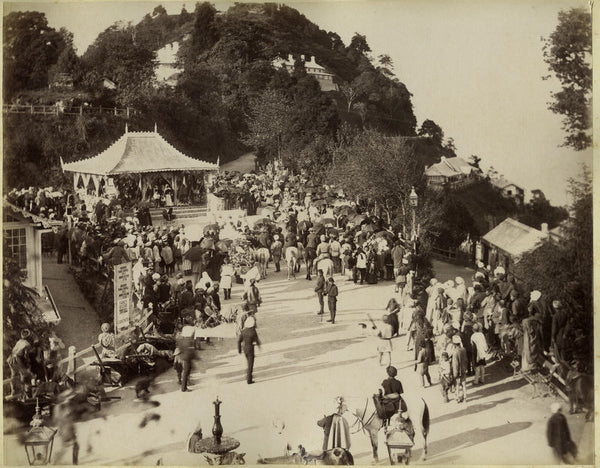
By 1871 Mandelli had become part-owner of a tea garden. He and WR Martin jointly bought Bycemaree, a tea garden near Siliguri in the plains. This would be part of what is now called the Terai tea growing region that borders Darjeeling tea district to its north. The expanding tea plantations were part of a tea juggernaut that the British Empire was to roll out soon through parts of India and Sri Lanka, eventually decimating the Chinese tea market for a century and more.
Mandelli shared the enthusiasm of a new industry as he bought, again with Martin, another tea estate called "Munjha, near Punkhabari". Some of these tea gardens, which were small holdings, are now hard to locate since they have been amalgamated into more larger tea estates. A few old tea planters I spoke to weren't able to say where Munjha tea garden could have been. It has to be either part of Makaibari or Longview tea estate. Both are located in the vicinity of Pukhabari.

However, Mandelli and Martin did not keep Munjha for long. Within three years they sold it, as Pinn speculates, to buy the larger Kyel tea estate in1876. The latter is now part of Marybong tea estate. Around this time Mandelli also bought a strip of commercial property along what used to be called then called Commercial Row in the heart of Darjeeling town.
The Row was a prime location and continues to be so even today. The stretch was later called "Mandelli-Gunge," according to Darjeeling Past and Present, Calcutta 1922, by EC Dozey. Not sure how long that name lasted because it is absent in post-colonial memory of Darjeeling. People now just call it Nehru Road.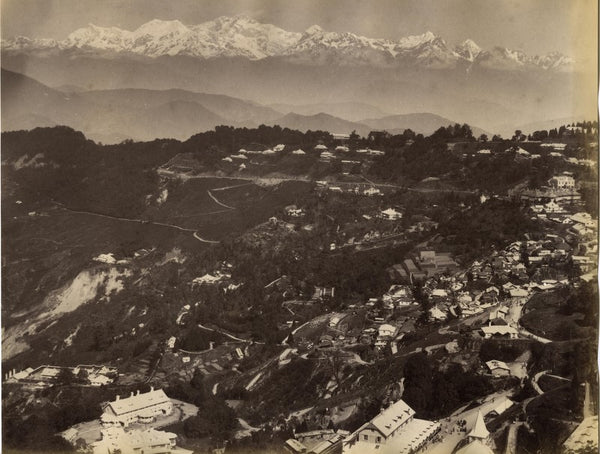
It is incredible that Mandelli bought so much property within 12 years of arriving in the hills. Could he have used family wealth for the purchases? Likely not. According to his letters, Mandelli had run up some debt which eventually caused him quite a bit of trouble. Pinn is actually of the opinion that the tea planter's financial situation was quite dire.
The physical and financial stress was taking its toll. On 4 March 1877 Mandelli wrote to Anderson, “For the last two or three months I have been unwell and troubled with slow fever, cough, deafness etc., etc. In fact I think old age is creeping fast on me.”
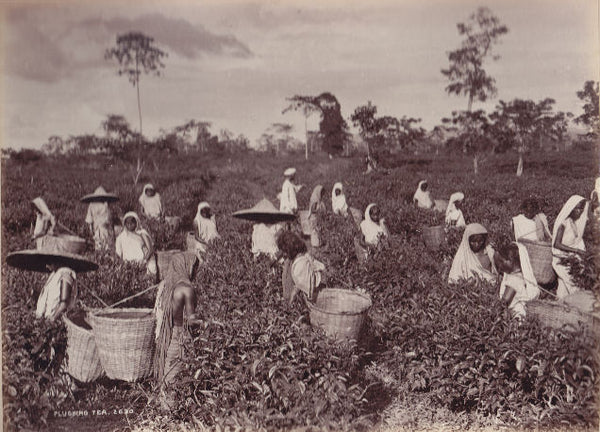
What crept up prematurely on him was, sadly, his death. In February 1880, aged only 48, Mandelli died mysteriously. The local death register notes the cause of his death as "unknown." Pinn believes Mandelli killed himself, unable to take the stress of debt and failing health. There is also speculation that he may have died due to accidental poisoning. In those days arsenic was used to cure bird skins and somehow Mandelli could have been lethally exposed to it.
Mandelli was survived by his wife and five children. The family later managed Firpos, a popular upscale restaurant in Kolkata, Pinn notes. At least three of his daughters continued to reside in Darjeeling until the 1920s, according to EC Dozey.

No one really knows how Mandelli got to be here, and no one is sure why he departed so abruptly either. As much as his mystery, his legacy endures in the form of his birds whose songs still echo across the ridges and valleys of Darjeeling.
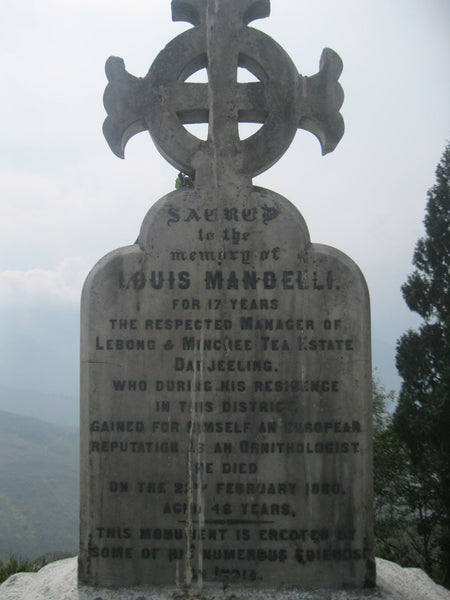
Click here to read Part 1 of this blogpost.
NB: A copy of Pinn's "Louis Mandelli - Darjeeling Tea Planter and Ornithologist" can be bought from Pagoda Tree Press, UK.

